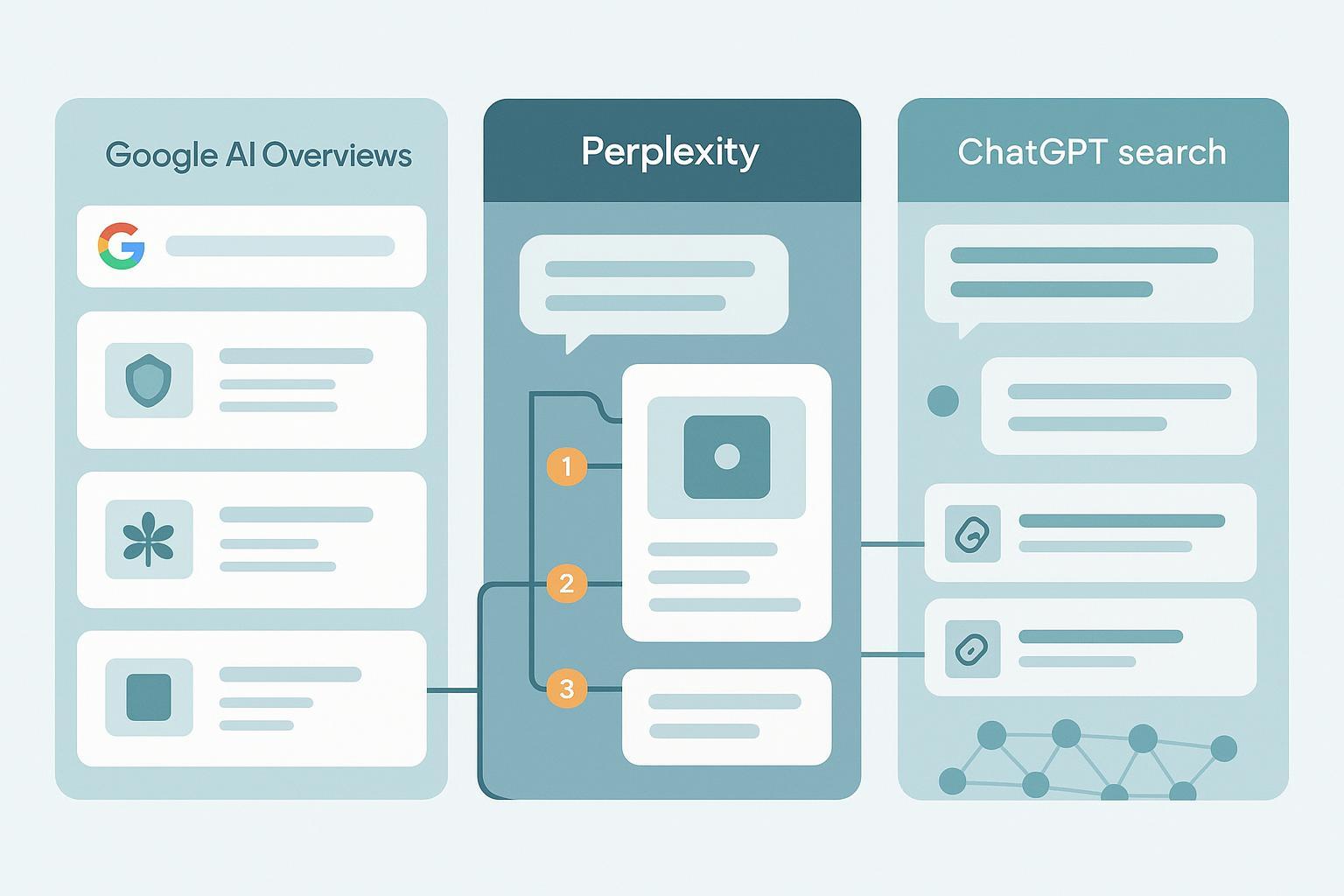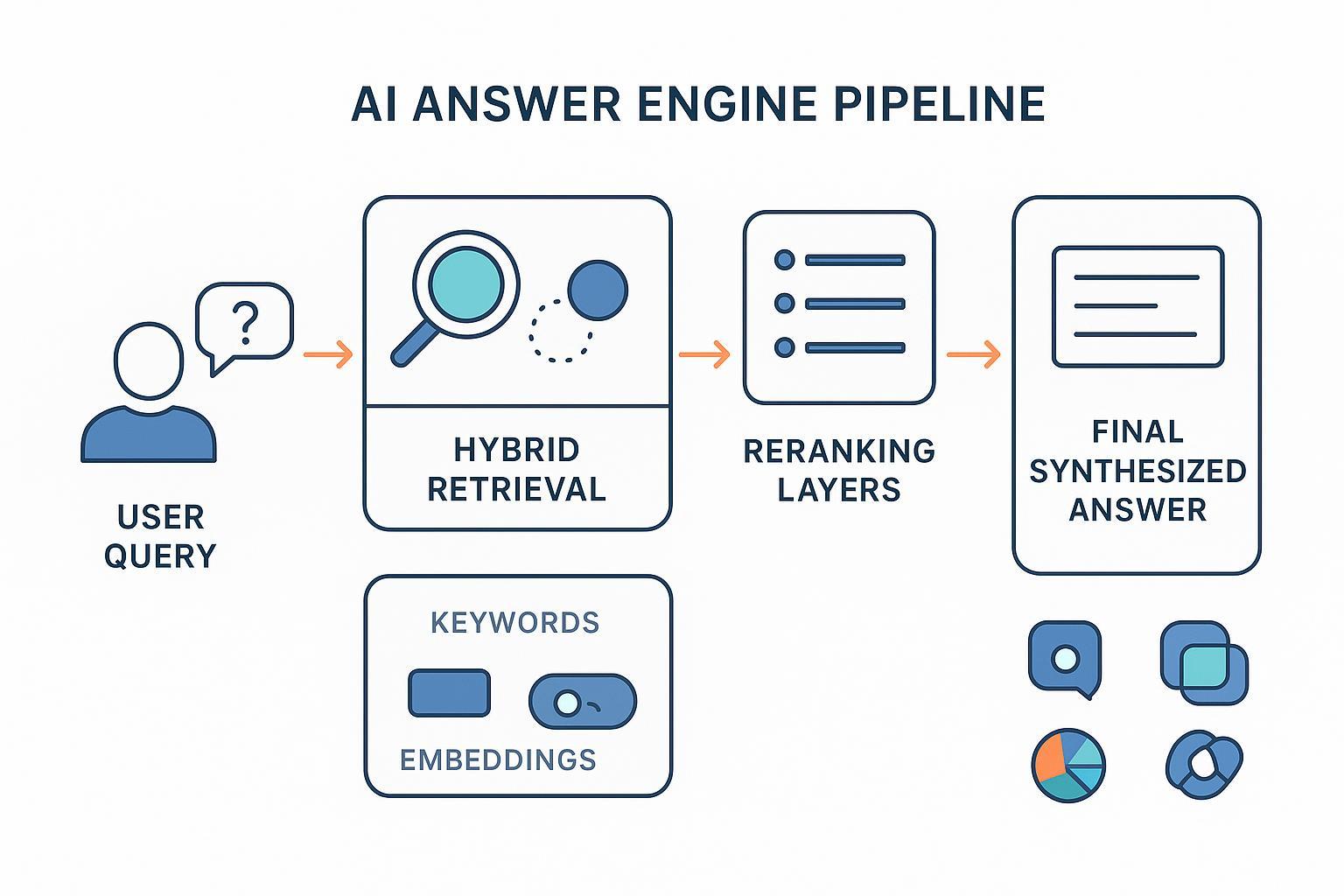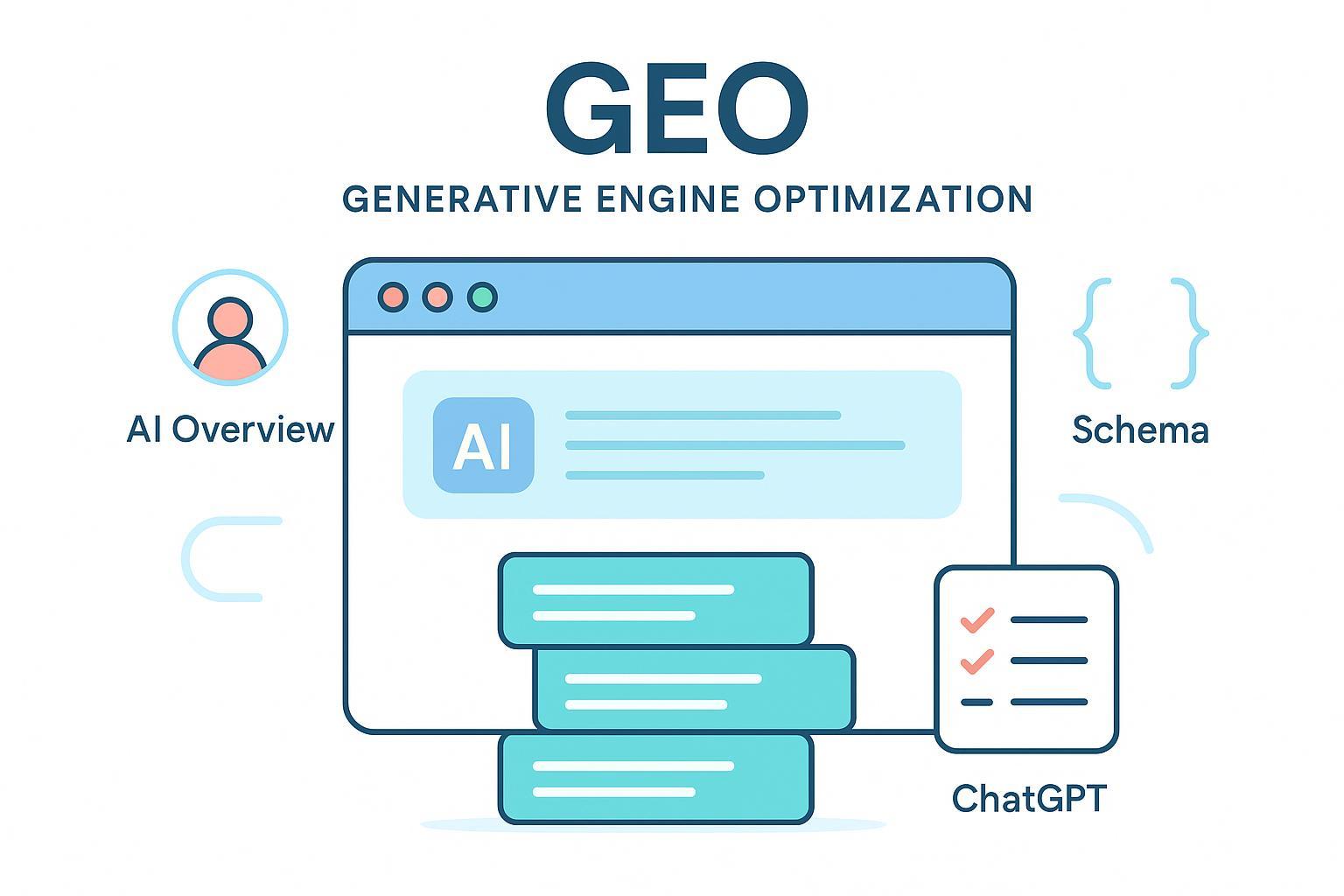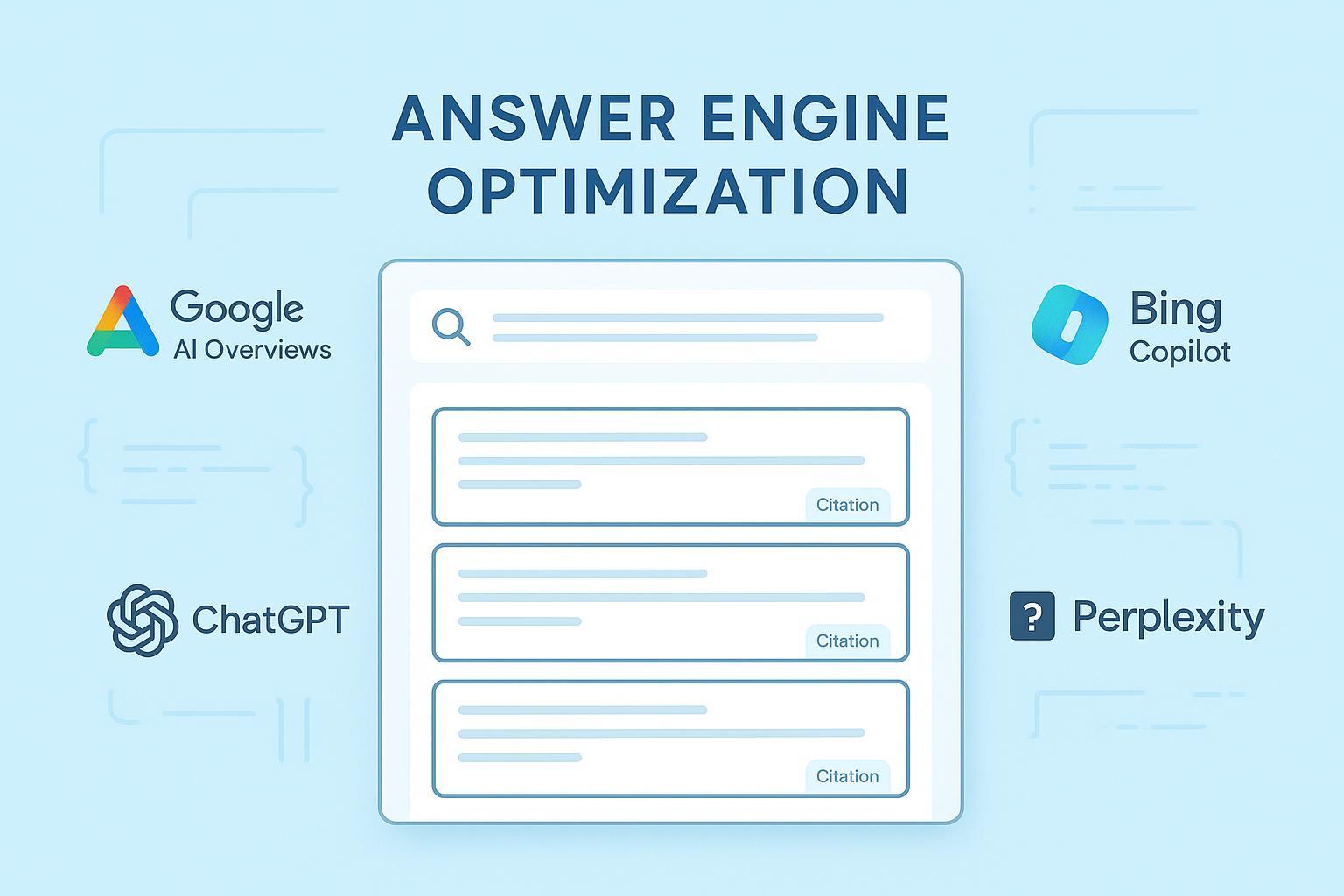Agile SEO Monitoring for Algorithm Changes: Best Practices for Content Teams
Discover actionable agile SEO strategies for content creators to monitor algorithm changes, adapt to AI-driven SERP shifts, and improve search performance with practical best practices.


I’ve led teams through multiple overlapping updates in the past two years, and the same pattern keeps surfacing: volatility hits, reporting lags, and by the time a post‑mortem lands, the next change is already in flight. The only durable response I’ve found is to operationalize agility—tight monitoring loops, short adaptation sprints, and clear decision rules that prevent panic while enabling fast, evidence‑based adjustments.
This piece distills a practitioner playbook you can run tomorrow, grounded in recent data and real workflows that blend classic SEO with GEO (generative engine optimization) for AI‑driven answers.
Why the rollout speedup forces a new operating model
Core updates now unfold over weeks, and improvements ship continuously. Google’s March 2024 changes focused on reducing low‑quality content; the rollout spanned weeks, with guidance emphasizing people‑first improvements according to the Google blog announcement (Mar 2024) and the standing Google Search Central core updates guidance. The cadence continued in 2025; for example, the June 2025 core update completed on July 17, as covered by Search Engine Land’s 2025 completion report.
At the same time, SERP volatility has grown more frequent and more intense. Practitioners rely on daily sensors, but the takeaway is strategic: volatility is the norm, not the exception, as explained in the Ahrefs SERP volatility explainer.
The bigger structural shift is AI‑generated answers siphoning clicks. In 2025, Ahrefs analyzed 300,000 searches and found that when AI Overviews were present, publisher clicks dropped by an average of 34.5% in their 2025 study. A separate 2025 analysis of 700,000 keywords by Amsive (reported by Search Engine Land) observed the top result’s CTR falling by 32% after AI Overview rollout. Broader behavior shifts show more zero‑click outcomes, with industry reporting in 2025 noting that zero‑click searches are up while organic clicks are down.
Put simply: update windows are longer, events overlap, and AI features change how traffic flows. A static, quarterly plan can’t keep pace. You need an operating model that observes quickly, adapts deliberately, and compounds small improvements.
Best Practice 1: Build an early‑warning monitoring stack
Objective: Spot meaningful changes within 24–72 hours, separate noise from signal, and route issues to the right owners.
What to monitor daily/weekly:
- Rankings and visibility: top keywords, top pages, and share of voice across core topics
- CTR and impression deltas vs. previous 7/28 days
- SERP feature mix: featured snippets, AI Overviews appearance, People Also Ask, local packs
- Technical health: crawl errors, indexation anomalies, Core Web Vitals/INP regressions
- Conversion guardrails: macro conversions and qualified leads
How to instrument:
- Dashboards: GA4 (landing pages, conversions), GSC (queries/pages, impressions/CTR), rank trackers (by device/locale), and a site crawler in every sprint.
- Alerts: Configure thresholds for outliers—e.g., a 25–30% 7‑day CTR drop on a head term, a 40% week‑over‑week traffic swing on a key page, or a sudden spike in non‑200 status codes.
- SERP/feature tracking: Annotate when AI Overviews appear or disappear for priority queries; track featured snippet ownership and news visibility if relevant.
Extended reading: If you’re new to longitudinal tracking, see the internal guide on how to monitor sources over time for visibility pickups and sentiment checks.
Trade‑offs:
- Too many alerts cause fatigue; tune thresholds to business impact, not vanity swings.
- Daily rank changes are noisy; validate trends with 7/28‑day windows before escalating.
Best Practice 2: Run an immediate response protocol during rollouts
When volatility spikes or an update is confirmed, switch to incident mode with a calm, repeatable playbook.
Step‑by‑step protocol (first 72 hours):
- Confirm the event: Cross‑check industry trackers and official channels. For example, the June 2025 update timeline is documented in Search Engine Land’s completion report (2025).
- Freeze risky changes: Pause large‑scale template edits, migrations, or redirects unless they fix critical errors.
- Triage dashboards: Identify which segments moved (brand vs. non‑brand, top pages, key intents). Annotate anomalies and suspected causes.
- Investigate: Crawl for broken links/indexation disruptions; check Core Web Vitals/INP; compare click curves to impression curves to isolate CTR vs. ranking issues.
- Communicate: Share a one‑pager in Slack/Teams—what changed, what we know, first hypotheses, and next checkpoints.
- Decide on limited actions: Apply safe fixes (e.g., revert a faulty deploy, fix internal links). Save larger content rewrites for sprint planning once the pattern stabilizes.
Why this works: It avoids knee‑jerk content overhauls while preventing known technical debt from compounding.
Best Practice 3: Adapt in short, repeatable sprints (2–4 weeks)
Traditional quarterly roadmaps break under overlapping rollouts. Adopt agile cadence: plan small, ship often, and review relentlessly.
Core elements of an SEO/GEO sprint:
- Backlog with acceptance criteria: Each ticket ties to a KPI (e.g., +10% CTR on query cluster, restore top‑3 position, fix CLS to <0.1) and a validation window.
- Sprint planning: Commit to what can actually ship in 2 weeks—content refreshes, schema fixes, internal link improvements, and tests for AI answer eligibility.
- Daily standups: Surface blockers and keep scope tight.
- Sprint review: Compare KPI deltas vs. control pages; update playbook rules.
- Retrospective: What we’ll stop, start, continue next sprint.
Helpful framing for backlog prioritization: value x probability x effort. Focus 80% of effort on top 20% of pages by business impact.
Example of a neutral tooling workflow within this sprint model:
- Stand up cross‑channel dashboards (GA4/GSC + rank tracker + crawler) and schedule alert digests to land before planning.
- Maintain a living “risk and opportunity” board mapping query clusters to observed SERP changes (e.g., snippet losses, AI Overview appearances).
- For GEO, track citations in AI answers and note missing entities/terms in your content.
Example of product usage inside an agile sprint: Teams often centralize multi‑platform visibility, AI answer citations, and sentiment in one place to speed decisions. Some teams use Geneo to monitor brand mentions and citations across AI answer engines and to compare week‑over‑week shifts next to classic SEO metrics. Disclosure: The author’s company develops Geneo.
Process reference: For a deeper overview of agile mechanics tailored to SEO teams, see the in‑house prioritization guidance in Search Engine Land’s Agile for SEOs (2025).
Best Practice 4: Optimize for zero‑click and AI‑answer realities
Your goal is twofold: maximize the value of the clicks you still win and ensure eligibility and attractiveness for AI‑generated answers.
Tactics that consistently help:
- Experience‑first content: Demonstrate E‑E‑A‑T with original data, real examples, and practitioner instructions. Align with the Google Search Central core updates guidance that emphasizes helpful, people‑first content.
- Featured snippet and entity coverage: Answer the dominant question concisely above the fold; reinforce with schema; cover entities and synonyms users expect.
- Structured data and AI eligibility: Ensure your pages are indexable, high‑quality, and enhanced with relevant schema. Review the Google AI features eligibility documentation to understand technical prerequisites.
- Click value optimization: Strengthen titles/meta, add jump links, and provide strong next‑step CTAs. If AI answers reduce top‑funnel clicks, capture mid‑funnel intent with calculators, comparisons, and implementation guides.
Context on impact: Independent 2025 studies show notable CTR declines when AI Overviews are present—Ahrefs reported 34.5% fewer publisher clicks on average, while Amsive observed a 32% top‑result CTR drop. Magnitude varies by query type and vertical, so test in your own environment before making site‑wide changes.
Extended reading: For a grounded playbook on generative answer exposure, see the primer on what is generative engine optimization and the advanced tactics in GEO best practices for content creators.
Best Practice 5: Advanced multi‑platform GEO monitoring
AI answers behave differently across platforms. To improve your chances of being cited—and to protect brand reputation—monitor beyond Google.
Practical setup:
- Define a query test suite: 50–200 priority prompts covering your brand, products, and high‑value problem statements. Include brand‑adjacent queries where misinformation risk is high.
- Run weekly checkups: Capture which sources are cited, where your pages appear, and whether summaries are accurate.
- Track sentiment and gaps: Note tone, factual slips, and missing entities; log actions (e.g., add a clarifying section, publish an evidence‑backed FAQ, improve schema).
- Compare across engines: Google AI Overviews, Bing Copilot, and Perplexity may prefer different evidence patterns; adapt content and references accordingly.
Optional example of neutral tool workflow: Some teams centralize AI answer citations, share of voice, and sentiment across engines in a single dashboard to speed triage and sprints. If you already use the product noted earlier, its AI‑answer monitoring module can streamline these weekly checkups within the same cadence as SEO.
Extended reading: For a tooling overview, see this internal explainer on AI Overview tracking tools and the advanced playbook in GEO best practices 2025.
KPIs, cadences, and practical thresholds
Use these as starting points; calibrate to your traffic scale and business model.
-
Monitoring cadence
- Daily: High‑value page traffic/CTR, top query clusters, error spikes, critical Core Web Vitals regressions
- Weekly: Rank and visibility changes, SERP feature deltas, AI answer citations, crawl stats
- Per sprint (2 weeks): Backlog progress, validation windows, comparison vs. control pages
-
Alert thresholds (tune to impact)
- 25–30% 7‑day CTR drop on a head term or a 40% WoW traffic drop on a top revenue page
- 20%+ decrease in featured snippet ownership across a query cluster
- INP/CLS regression exceeding performance budgets on key templates
-
Content refresh criteria (choose 5–10 per sprint)
- High‑value pages with declining CTR or rank where intent has shifted
- Pages missing entities/schema required for eligibility in AI answers
- Guides needing timely data, visuals, or step updates to meet E‑E‑A‑T
-
Validation windows
- Minor fixes: 7–14 days
- Content refreshes: 14–28 days
- Template/technical changes: 28–42 days
-
Decision rules
- Avoid reacting to single‑day rank swings; confirm with 7/28‑day trends
- If impressions hold but clicks fall, prioritize snippet/title testing and SERP feature strategy
- If AI answers appear frequently for a cluster, evaluate entity coverage, citations, and structured data first
Common pitfalls to avoid
- Chasing daily noise: Over‑weighting transient rank changes leads to thrash and wasted cycles.
- All‑or‑nothing rewrites: Big bang content overhauls reduce learning; iterate with scoped refreshes and clear hypotheses.
- Ignoring mid‑funnel: Over‑fixating on top‑funnel traffic can blind you to conversion opportunities where AI summaries are less dominant.
- Tool sprawl without process: Dashboards don’t fix anything unless tied to sprints, acceptance criteria, and reviews.
- Neglecting AI answer accuracy: If platforms cite outdated or off‑tone content about your brand, the reputational cost can exceed traffic loss. Assign ownership for weekly checks.
Implementation roadmap by team maturity
-
Beginner (first 30–45 days)
- Set up GA4 and GSC dashboards; configure 3–5 high‑impact alerts.
- Identify the top 20% pages by business value; instrument a baseline report.
- Start a biweekly sprint: pick 5 quick wins (schema, internal links, title/meta tests, fix broken links).
- Build a 50‑query AI answer test suite; run weekly and log citations.
- Review outcomes at sprint end; document what worked and lock in the cadence.
-
Intermediate (next 60–90 days)
- Expand sprint scope: 8–12 items per sprint with mix of content refreshes and technical tickets.
- Add structured data systematically; measure snippet and AI eligibility gains.
- Introduce control pages for A/B‑style comparisons; formalize validation windows.
- Centralize sentiment notes and brand mention accuracy from AI answers.
- Publish 1–2 evidence‑rich assets per month to strengthen E‑E‑A‑T.
-
Advanced (ongoing)
- Maintain multi‑platform monitoring for AI answers (Google, Bing, Perplexity) with weekly snapshots.
- Automate anomaly detection and sprint backlog grooming based on thresholds.
- Run quarterly retrospectives: revisit acceptance criteria, refine thresholds, and sunset low‑yield tactics.
- Build feedback loops with product and customer teams so content reflects real usage and objections.
- Expand international/locale coverage and test platform behavior differences by market.
Evidence and nuance: what the data really says
- Core updates are continuous and multi‑week. Expect overlapping change windows and focus on durable quality signals, per Google’s own core updates guidance and the March 2024 update announcement.
- CTR effects from AI Overviews are material but vary. Independent 2025 analyses show average losses—34.5% fewer publisher clicks in Ahrefs’ 2025 cohort and a 32% top‑result CTR drop in Amsive’s 700k‑keyword analysis. Treat these as directional; validate on your own queries before major pivots.
- Strategy implication: Invest in experience‑forward content, structured data, and agile processes, rather than one‑off reactionary fixes. Volatility will persist; your process is the moat.
Quick‑start checklist
Use this to kick off your next sprint.
-
Monitoring
- GA4/GSC dashboards live and shared, alert thresholds tuned to business impact
- Rank/feature tracker annotated with AI Overview and snippet changes
- Weekly AI answer citation log with sentiment notes
-
Sprint setup
- Backlog tickets with KPI‑tied acceptance criteria and validation windows
- 5–10 page refreshes prioritized by business value and observed SERP shifts
- Technical crawl scheduled; schema tasks scoped and assigned
-
Adaptation
- Titles/meta and snippet formats tested on clusters with CTR losses
- Entity coverage and schema expanded for AI answer eligibility
- Post‑sprint review documented; stop/start/continue captured
Extended learning paths: Deepen your GEO and monitoring practice with how to monitor sources over time, what is generative engine optimization, and GEO best practices for content creators.
Agility isn’t a slogan—it’s a system. Build the early‑warning stack, work in short sprints, and keep your playbook evolving with the evidence. The teams that learn fastest will compound gains while others are still writing their post‑mortems.





